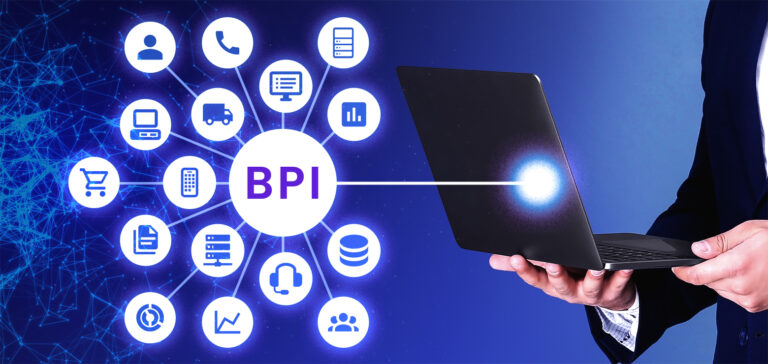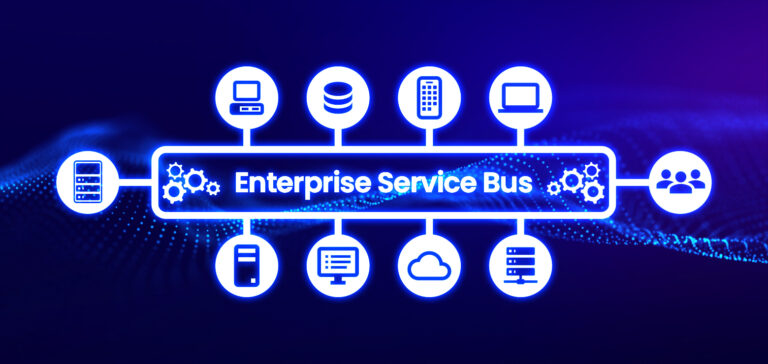At Jitterbit, we work with a number of strategic partners to enhance our offering with their implementation expertise. One of those partners is Complete EDI Solutions, who powers our EDI connectivity and in today’s blog post offers us some important tips for EDI integration.
EDI is comprised of many types of messages, which when transmitted between two parties can substitute other forms of data transfer. This allows data to be transmitted via e-mail or other standards and still be read correctly by the receiving party. Why is this still important? Well, supporting multiple document standards is of particular importance for supply chain services, logistics, transportation, offshore partners, and companies with non-standard document requirements from suppliers and customers. These and other industries have been using document standards for a long time and still rely on them to correctly transmit data. Luckily, EDI has evolved and can now handle new standards like XML, while being administered primarily through the Internet.
Let’s take a look at some common pitfalls to avoid and tips to use for a successful EDI implementation:
- EDI Application interface: EDI is a complex beast, with hundreds of standard and custom formats. As a result, the way in which your integration solution interfaces with EDI plays a huge role in the amount of time required for implementations. Not all EDI integration tools are created equal — some focus purely on EDI, while others focus on application connectivity to common ERP systems such as SAP, Oracle, and JD Edwards. The key is to pick an integration solution that natively connects to both EDI and application APIs. Look for a solution that allows you to upload EDI files to automatically create your EDI structure, thereby avoiding manual keying of files, which is time consuming, costly to maintain, and prone to error.
- Transformation testing: EDI is complicated and map testing is key to a successful implementation. However, testing your mappings can be very time consuming as many map translators do not give you the option to make changes to your mappings in a graphical way. This requires finding the output file, reviewing the changes, and then comparing the requirements, which takes up more valuable IT resources. Don’t get caught in a lengthy testing process because of an initially error-prone implementation. When considering an EDI integration solution, be sure to choose one with an easy to use design, which will allow integration testing from one interface.
- End to End connectivity: Difficulty in communications setup and testing between Client and Trading Partners often taxes IT resources, as these protocols can be byzantine to anyone without direct EDI expertise. Don’t get bogged down in manual processes when setting up EDI integration. Instead look for a vendor with a pre-built framework for building out EDI integrations.
- Reviewing the data/production results: This can be time-consuming due to the many sources you’ll need to check to ensure accuracy. Oftentimes only the ability to check one scenario at a time is available and you may see static data in need of a refresh. However, testing and production results are still useful for both internal information (reporting on which trading partners are sending the most orders, which trading partners are paying on time, etc.) and viewing of external information requested by trading partners(receive certain order number, send certain shipping notice). So, be sure to find a solution that allows for real-time, multi-scenario testing, which will save time and be more accurate.
- Trading Partner Setup: Setting up a trading partner on many EDI translators can be a time sink, as there are multiple different screens in which data must be input to define the envelope, map name, and operation. Try to select an EDI solution that allows data entry from one screen, which could reduce your trading partner setup time by 70%.
Beyond all the technical pitfalls, the biggest issue you may face when it comes to EDI integration is getting Executive level commitment. Executives don’t understand EDI and can sometimes view EDI as a technical issue instead of a business solution for:
- Providing improved customer service
- Reducing inventory by enhancing integration between trading partners’ information systems, which means shortened order cycles and higher inventory turnover.
- Improving accuracy of information and error reduction by eliminating re-keying of data.
- Operational measurement of: Inventory Levels, Delivery Time, and Open Account Receivable Days
Make sure that EDI isn’t viewed as a technical hurdle, but as a business issue and part of overall business strategy.
Remember, there are many EDI pitfalls to watch out for when implementing this type of integration. Using Jitterbit’s EDI integration solution powered by Complete EDI Solutions, you can avoid the most common issues described here!
Be sure to give us a ring with any questions or grab our free 30 day trial here!


